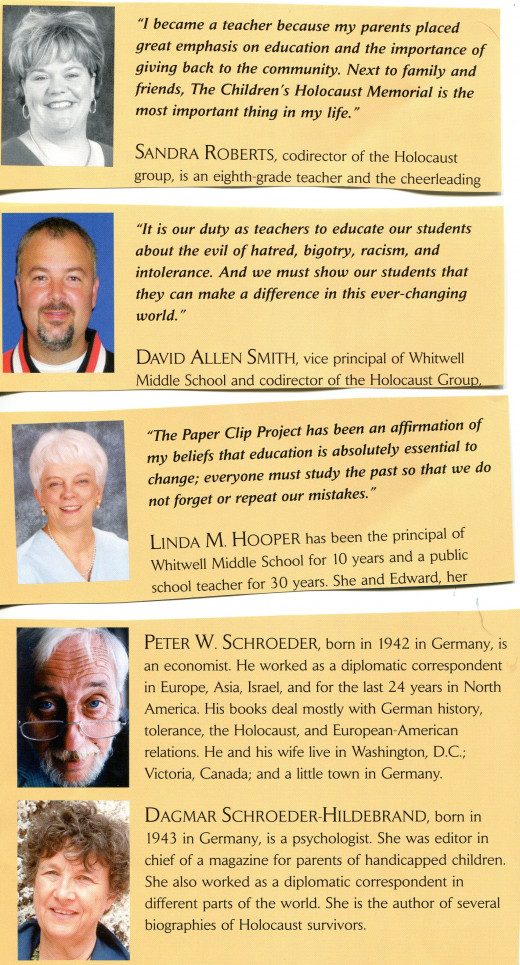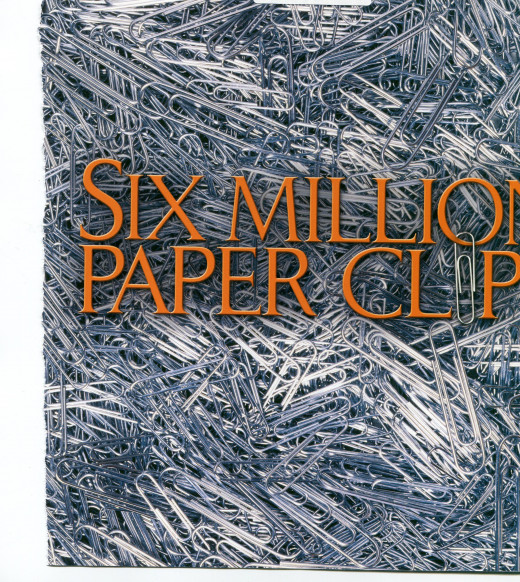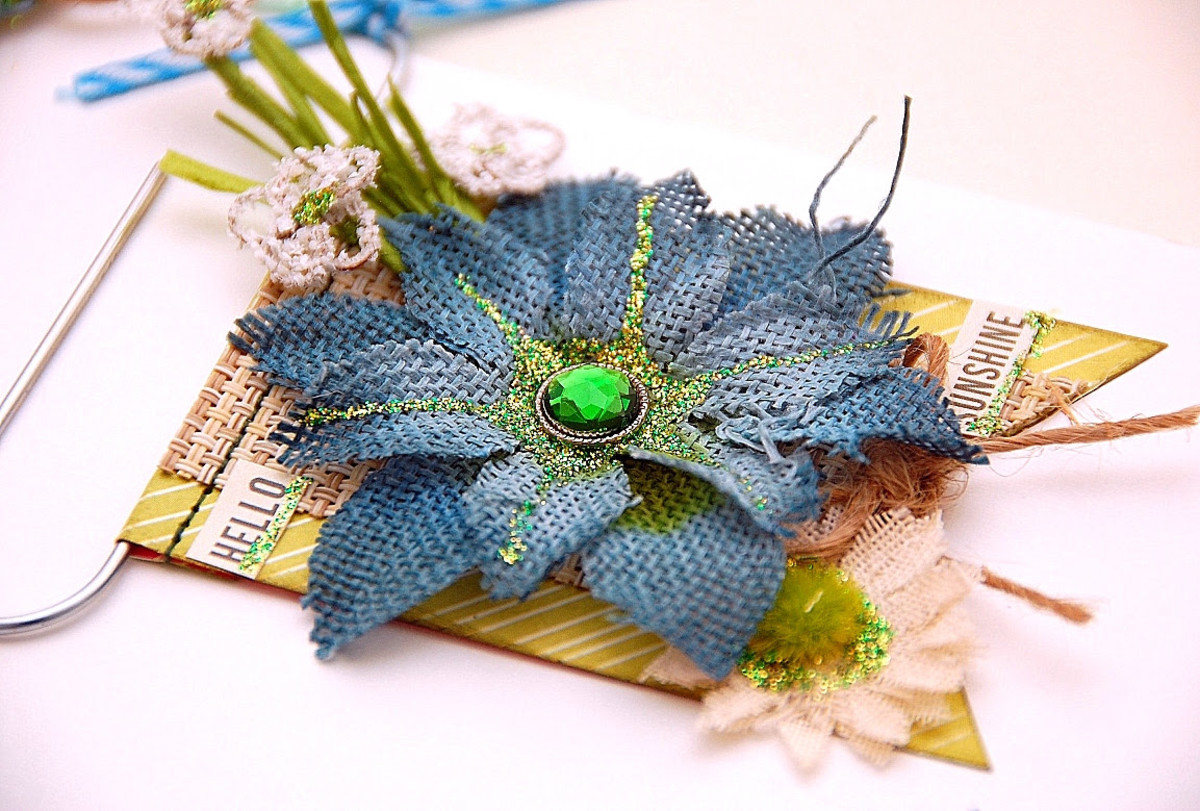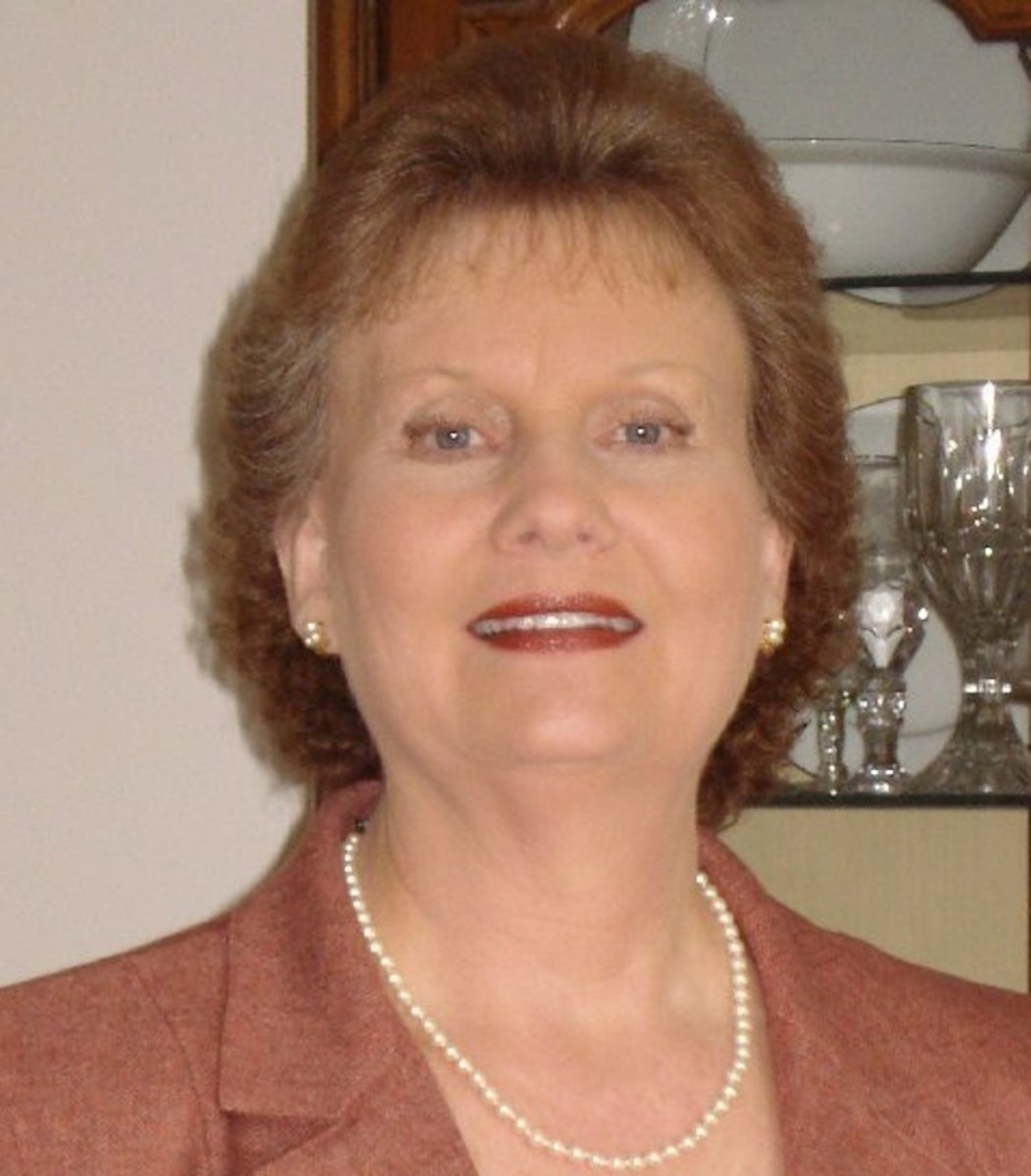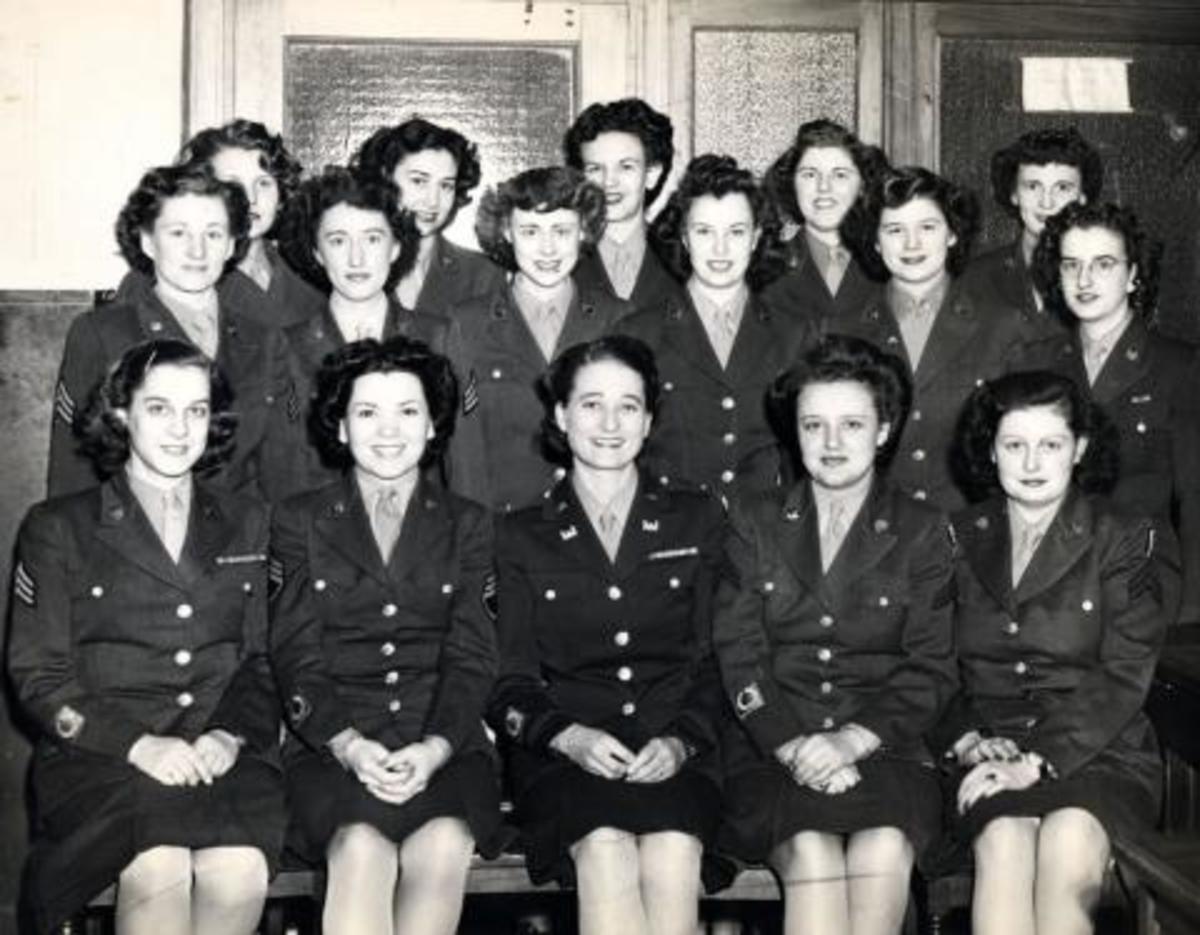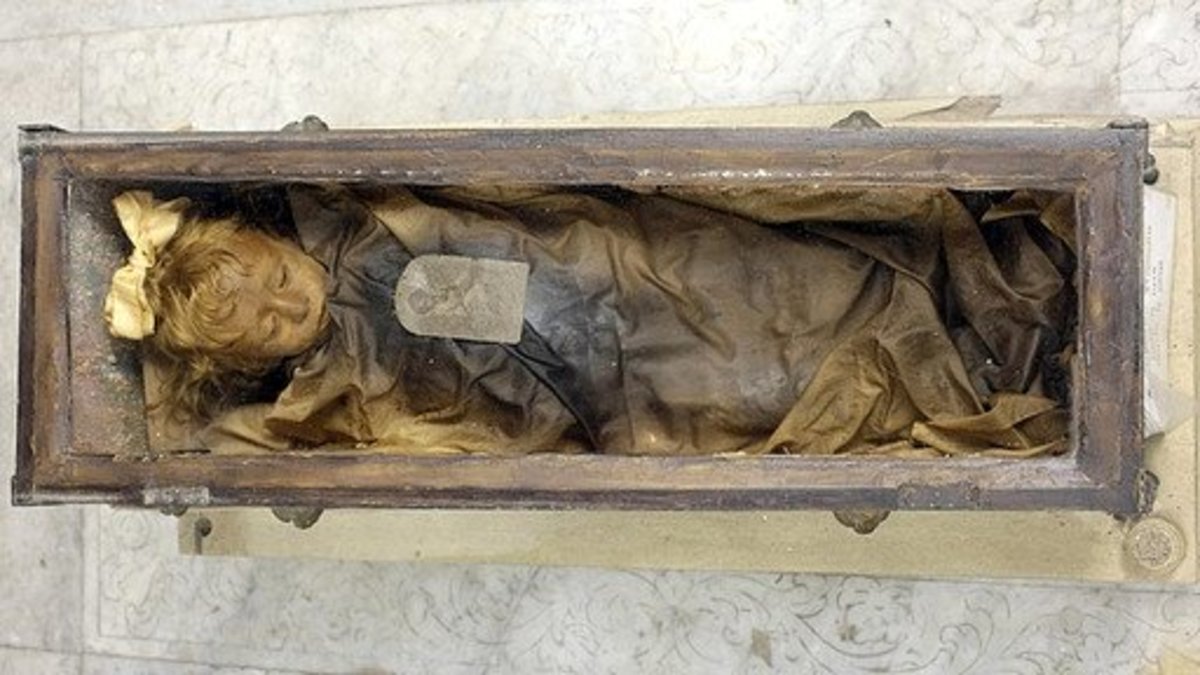- HubPages»
- Education and Science»
- History & Archaeology»
- History of the Modern Era»
- Twentieth Century History
Children's Holocaust Memorial: Six Million Paper Clips
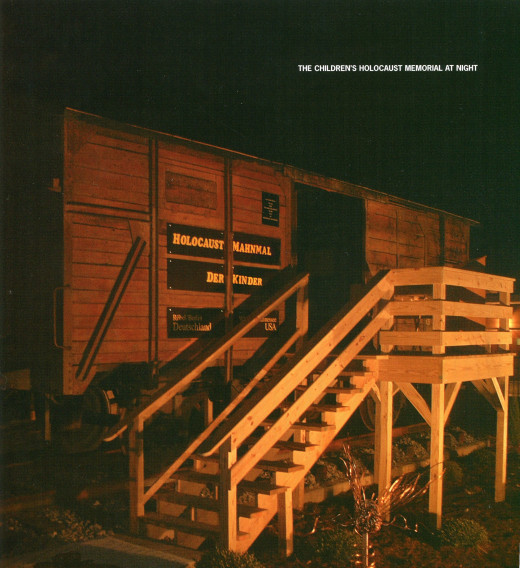
Whitwell Elementary School ~~ Tenessee
Our story begins at Whitwell Elementary School. Whitwell, Tennessee, on the far side of the mountains from Chattanooga is a small town of just over 1500 people. Whitwell is an extremely homogenous town. Everyone is Caucasian and belongs to some Protestant denomination; there are no Catholics or ethnic minorities in Whitwell.
The principal, Mrs. Hooper, had for some time been concerned about the lack of diversity in Whitwell and worried about how the town’s children would fare when they encountered diversity elsewhere.
In 1999 the Whitwell Vice Principal, David Smith attended a teaching conference and returned, both disturbed and excited, about teaching the Holocaust. As he explained to Mrs. Hooper, studying the Holocaust would teach students about diversity and the terrible consequences of intolerance.
And so they began planning to offer a “voluntary” course on the Holocaust to all eighth graders. Parents would be involved and consulted due to the disturbing and graphic nature of the subject.
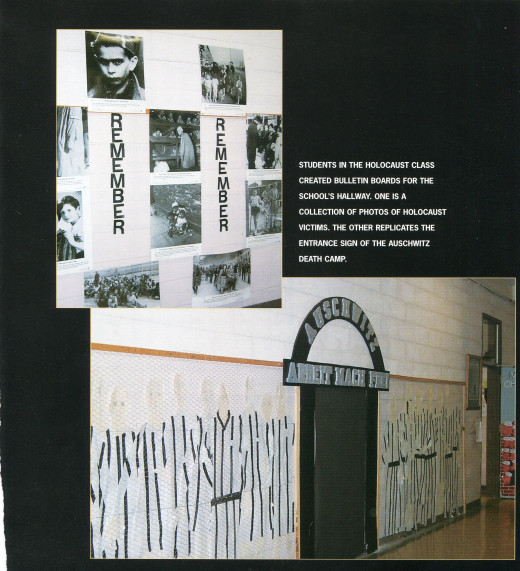
Part of History ~~ Murder of Six Million Jews
The first class consisted of 16 students and was taught by Sandra Roberts, a language arts teacher. She read extensively to prepare herself for the new course. When she eventually informed the students that the Nazis had murdered six million Jews, the students were very quiet and then began to ask questions about how many is six million.
One of the students suggested that maybe they should collect six million of “something.” Many ideas were discussed -- pennies, pencils, books, but eventually the Whitwell eighth grade students settled on the idea of collecting six million paper clips.
As simple as that, the students began collecting paper clips from their homes. Pretty soon they were telling relatives and friends about the Paper Clip Holocaust Project and before long they had 1000 paper clips. They wrote letters to film stars, politicians, sports heroes and industry leaders asking for help.
Along with packages of paper clips, the students began to receive letters from people telling about their own family’s holocaust experience and thanking the young people for their concern and their project. Eventually the letters filled nine notebook binders.
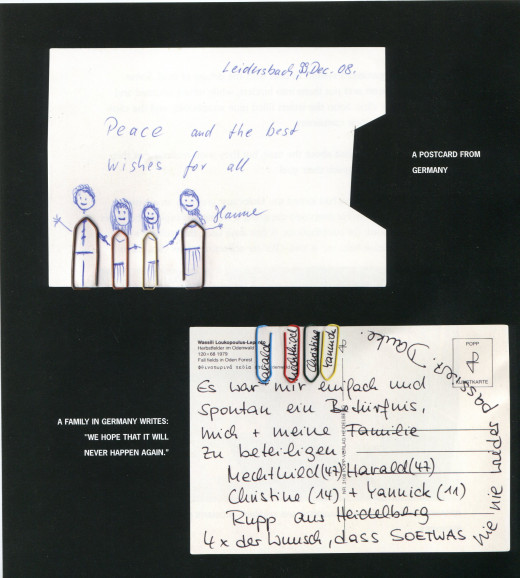
Telling a Story ~~ Creating a Website
Still, they were a long way from six million paper clips. Coach David Smith suggested they create a web site, tell their story and enlist the help of many other people. The web site explained their project and the fact that they would build a monument to the Holocaust as soon as they achieved their goal.
Even with a lot of help, they only had 160,000 paper clips by the end of the year and the students were very discouraged. Unknown to everyone at Whitwell, help was on the way.
Two German White House newspaper correspondents, Dagmar and Peter Schroeder learned about the Whitwell student project on the United States Holocaust Memorial Museum website.
The couple wrote letters and had them printed in German newspapers asking for help, asking for paper clips, and for letters explaining why people wanted to support the project. Within three weeks the Whitwell students has received 2,000 letters and 46,000 paper clips.
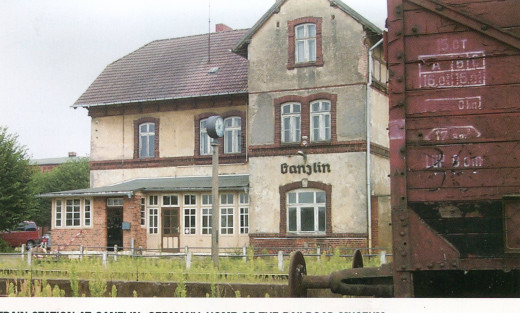
An Overwhelming Response
The paper clips that kept arriving came in all shapes, sizes, and colors. Many of the packages and envelopes, as the Schroeders had hoped, also contained poems, letters, drawings, and different kinds of artwork. The students and faculty of Whitwell were of course amazed by the response from Americans and from Germans.
All of these materials were important as well as deeply moving and the Schroeders embarked on a writing project -- a book documenting the surprising and very gratifying German response -- "Das Buroklammer - Projekt." In the fall of 2000 their book, The Paper Clip Project, was published in Germany.
An American woman named Dita Smith read their book and wanted to know more about the project, the school, and the children, so she traveled to Whitwell to find out for herself. Consequently, on April 7, 2001 which happened to be Passover, a Holy Jewish religious celebration, an article titled, "A Measure of Hope" appeared in the Washington Post, where Ms. Smith worked as an editor.
It wasn't very long before other American TV and radio stations and newspapers picked up the Washington Post story and told the citizens of America exactly what was being accomplished at Whitwell Elementary in Tennessee. Of course every media story urged those who wanted to help to send the students at Whitwell more paper clips.
The volume of letters and boxes, mail for Whitwell School became so great that the US Postal letter carrier could no longer squeeze them into his vehicle. Whitwell staff began picking up their mail, sometimes two and three times a day. And the task of counting all the paper clips was so immense, that parents and community members assisted with the counting process.
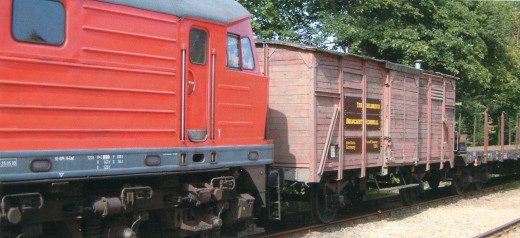
Planning a Memorial ~~ Finding a Railcar
Before long they passed the five million mark and the goal of six (6) million paper clips was in sight. The students contacted the Schroeders and asked them what they should do if people kept sending paper clips to the school after they reached their goal. The students had never even considered that going over six million was a possibility.
The Schroeders thoughtfully reminded them that historians believe there were at least eleven (11) million Jewish and non-Jewish victims murdered by the Nazis and their collaborators during the Holocaust. So the new goal for the Whitwell, Tennessee students became "eleven million paper clips."
And soon they would need a permanent home, a proper and fitting memorial for the eleven million paper clips, because, after all they represented eleven million innocent lives. But what kind of memorial? What would it look like? What would its purpose be? These discussions among the adults led to two ideas: the need to design a memorial and to obtain an original German railcar to house the paper clips. Simple enough.
The Schroeders thought they would find an old railcar in a matter of days -- the German people were known and for building things to last. They contacted all sorts of people in Germany, but no one knew of a World War II vintage railcar that was available.
A few months later they flew to Germany and drove over 2000 miles through the European countryside looking in old rail-yards. As they got ready to fly home, an old friend told them they should go talk to the Director of the Railroad Museum in Ganzlin, Germany. So they did.
The museum had one railcar, built in 1917, Number 011-993, just like the ones in hundreds of pictures from the Nazi Era. It took a great deal of persuasion, but the Museum Director finally agreed to sell the railway car to the American school children; it turned out the Director had a little girl.
Meanwhile, in Tennessee, there was much activity. Principal Hooper arranged a town meeting and shared the project with the local community and asked for help in constructing the memorial. The community response was overwhelmingly positive.
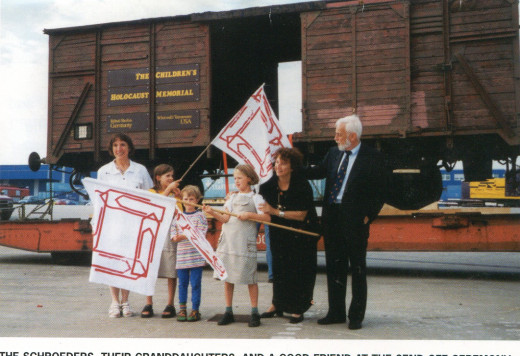
Completing the Children’s Holocaust Memorial
The railway car eventually arrived and the transportation costs were absorbed by the German railroad company and the German Ministry of Defense shipped the railroad car over 4,000 miles to Baltimore, Maryland, free of charge. The American company CSX offered to transport the railcar to Whitwell, also free of charge. The CSX train left Baltimore early on the morning of September 11, 2001.
That same day terrorists flew planes into the Pentagon, the World Trade Center, and hijacked another plane that crashed in Pennsylvania due to the sacrificial actions of American citizens on board the plane who chose to fight the terrorists. The Whitwell students, faculty, and community were in shock and mourned along with the rest of America. But their work on the memorial continued.
Once the railcar was moved into place, stairs and a ramp for the disabled were built. The children had decided to place the paper clips, five million and six million, behind glass partitions in the two ends of the train car. In November the students began filling the memorial, one wheelbarrow-full at a time. As they had received over thirty million paper clips, they placed another eleven million paper clips into a sealed steel container that rests next to the railcar and will never be opened.
One student placed 1600 paper clips aside in a small box to represent the number of citizens living in Whitwell. It was a sobering reminder that the paper clips represented actual people, mothers, fathers, and children -- people just like them. Many citizens of Whitwell quietly dug up flowers and bushes from their own yards and planted them around the railcar; within a week the memorial was surrounded by a blooming garden.
The Whitwell Memorial was formally dedicated on November 9, 2001 which was the 63rd anniversary of Krystallnacht (Night of Broken Glass - 1938) when the Nazis went on an anti-Semitic rampage and destroyed Jewish businesses, burned synagogues and murdered Jewish people in the street and in their homes.
Since that time many schools in Austria, Canada, Germany, and the United States have begun creating and building their own Holocaust Memorials. Whitwell Elementary has become a school field trip destination for many students. Visiting students hear lectures about the dangers of racism, persecution, and the Holocaust --- and the lectures are given by seventh and eighth grade students.
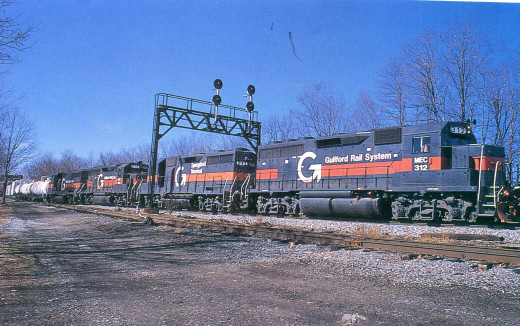
Articles about the Holocaust
- Holocaust Denial: An Important Conversation about W...
Academic historians and the general reading public have been quite surprised to see a resurgence of Neo-Nazi groups, Hitler sympathizers, and Holocaust Deniers in the West in the past twenty years. There are at least two types of Holocaust Deniers, a - World War II -- Oppression, the Holocaust, the Natu...
Pondering what the German people knew at the time about the Nazi goals and activities can lead to a number of questions which are relevant for us today. - Civilians Murdered During the Holocaust - Europe Dur...
We are all familiar with the number Six Million, representing the best estimate of the number of Jews murdered by the Nazis during the Holocaust. We are less familiar, some of us unaware of the total number of people exterminated by the Nazis, 22,000
